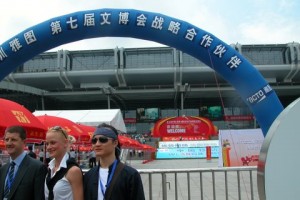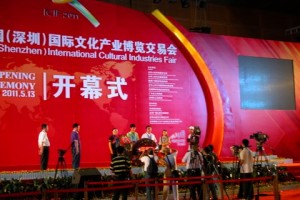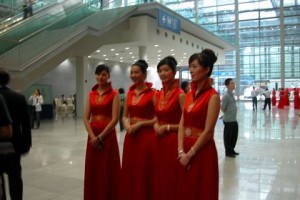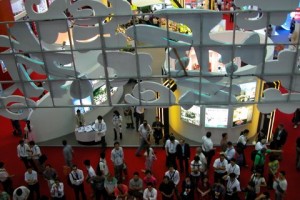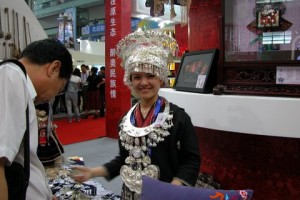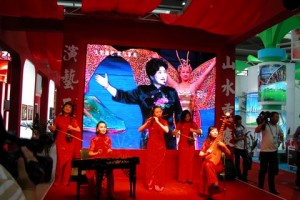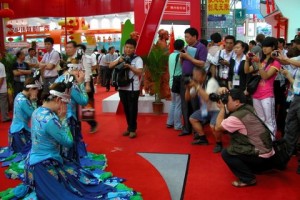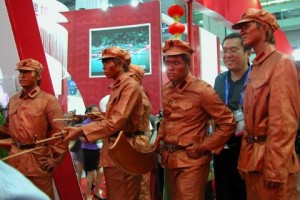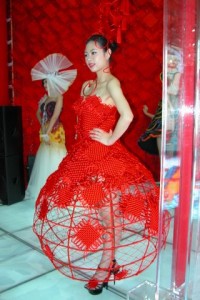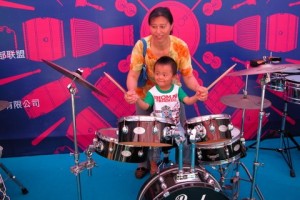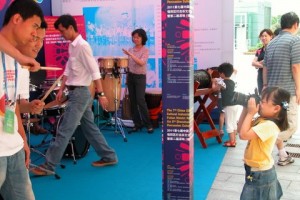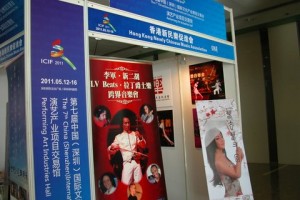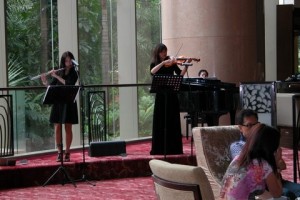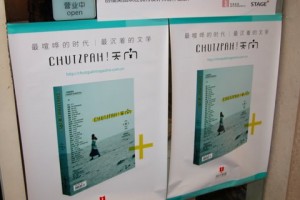by Cathy Barbash
“I Sing Beijing,” the Hanyu Academy of Vocal Arts, wrapped up its inaugural program on August 18 with a gala concert at the National Centre for the Performing Arts in Beijing. (http://isingbeijing.org/I_SING_BEIJING/Program_Information.html) A colleague of mine in attendance reported:
“WELL DONE Hanban, Tian Haojiang, and Martha Liao! This concert was wonderful. Lots of old “red” lyric songs from 50s films and Cultural Revolution Model Operas, as well as some Rossini, Puccini, and even Bernstein’s “Tonight.” The audience cheered throughout, though on occasion the applause was a bit too quick and had a bit of “Waaaaah! Look at the talking monkey!” edge to it. The young singers had clearly mastered the art of singing in Chinese, right down to the gestures borrowed from Chinese opera.”
I wonder what market there will be for these hard-won new skills. I’ll look for these newly-minted singers of Chinese in upcoming National Day and Chinese Spring Festival Embassy and Consular celebrations. One hopes that the singers will also be supplied with some good Chinese art song literature to be included in their future recitals. Finding good appropriate repertoire will be key, and for a start, I highly recommend tenors look first at the hauntingly beautiful work with piano, Huang Ruo’s “Fisherman’s Sonnet.” Check back in a few days, I’m sourcing a recent Beijing performance to include with this post. For now enjoy the Qun poetry:
Fisherman’s Sonnet Huang Ruo
(b. 1976)
An old fisherman, with a fishing rod, leans against a cliff by the side of the bay.
Boats come to and fro without a care.
Sandgulls dot the shore, clear waves in the distance.
At Di harbor, the wind whistles, the day turns cold.
I sing a loud song, and the waning sun sets.
In a single moment, the waves shake the golden shadows,
I suddenly lift my head, and the moon rises on east mountain.
And meanwhile, back in Beijing, while “I Sing Beijing” international singers engaged in a “model unit”-worthy cultural exchange performance, up near the Birds Nest Stadium, Life was imitating Art imitating Life, with the Georgetown Hoyas and People’s Liberation Army Bayi Rockets basketball teams rumbling, alas, complete with racial epithets.
